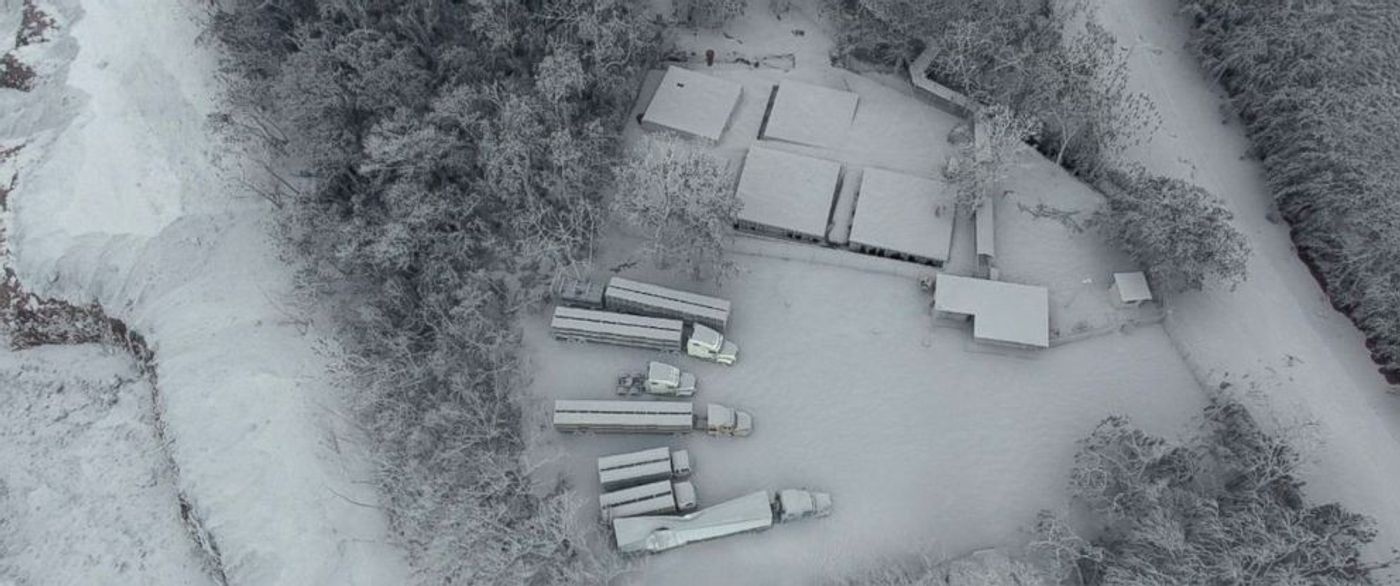Updates from Guatemala's eruption
The recent devastation from Guatemala’s Volcán de Fuego eruption last week has not ended for many families who are searching for the remains of loved ones. One hundred and nine people have been declared dead, while search crews are still looking for 200 missing people. At least two million people have been affected by the ash resulting from the eruption.
Volcán de Fuego is an active stratovolcano in southern Guatemala that borders the departments of Chimaltenango, Escuintla and Sacatepéquez. Being a stratovolcano means that gases inside the volcano accumulate continuously until the volcano erupts explosively, ejecting lava, rocks, and ash in a pyroclastic flow. And in fact, those eruptions are actually commonplace – you can see them every 20 minutes like clockwork around the region, and many tourists and locals alike have come to admire the volcano’s beautiful mini-eruptions.
But a pyroclastic flow is not commonplace. Imagine a huge plume of thicker-than-air smoke and gas that moves at hundreds of miles per hour with temperatures as high as 1,000 degrees Fahrenheit rushing toward you. That’s what hundreds of people faced last Sunday.
So many people were affected because there are (were, in some cases) many hillside communities living near the volcano because the constant smaller eruptions and small amounts of ash that are released constantly create rich, fertile soil for farming crops like coffee. One such community, the pueblo of San Miguel Los Lotes, was completely covered by the pyroclastic flow, leaving homes and many family members buried. One woman, Eufemia Garcia, watched her entire extended family be buried by the flow.
Search crews who are looking tirelessly for victims’ remains are bringing any findings to a public building in the city of Escuintla that has been turned into a temporary morgue. Next-of-kin must go there in order to identify the charred bodies of their family members. Though the experience is traumatic, many families desire to give their loved ones proper Christian funerals.
Officials admit that the number of victims was made worse by delays in official warnings regarding the eruption. Guatemala's national disaster management agency (CONRED) says that although warnings were issued, an evacuation was not mandated because of a communication breakdown between the agency and volcanologists in Guatemala. Legal entities are investigating the agency for possible negligence.
Mexico and the US have sent emergency aid and doctors to help treat survivors suffering from severe burns. Six of those burn victims, children, were airlifted to the US to receive medical treatment.
Sources: The Guardian, Al Jazeera (1) (2), The New York Times









